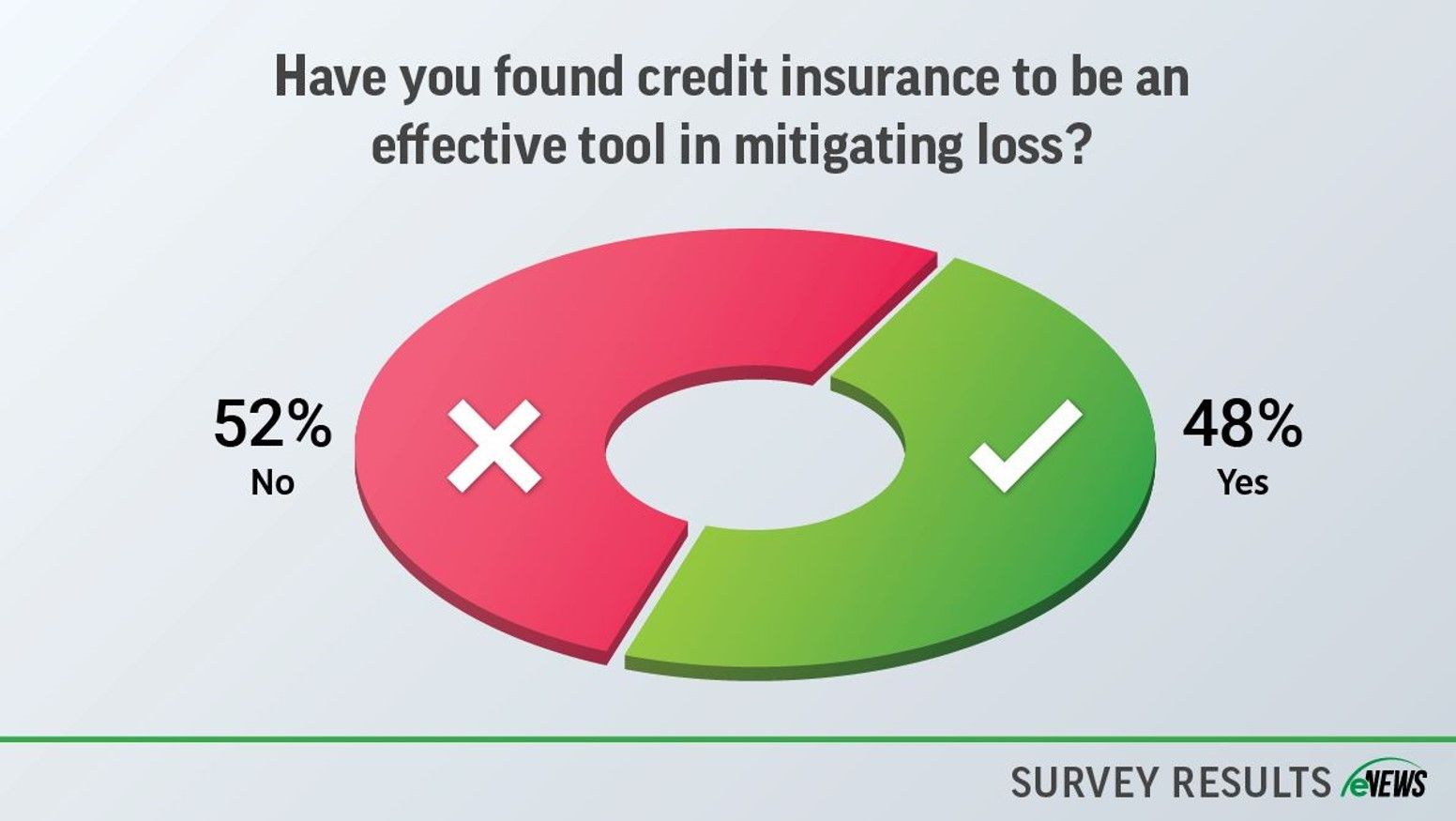eNews, International
Understanding international financial statements made easy

Taking on an international account can be intimidating, especially if you’ve never encountered global international statements before. To best mitigate risk and build a strong relationship with your foreign customers, it is important to understand how and why their financial statements might look a bit different.
Over 110 countries, including the European Union, Canada and a large portion of Latin America, follow International Financial Reporting Standards (IFRS). Other countries follow their own standards, with the United States adopting the Generally Accepted Accounting Principles (GAAP). With each country submitting to different standards for financial statements, it is important that credit managers understand exactly how these standards vary and how they impact their role in mitigating risk with foreign accounts.
Financial statements vary significantly from country to country because of differences in their regulatory environments, accounting standards and cultural attitudes towards financial disclosures. For credit managers working with international customers for the first time, it is important to take the time to learn how and why the financial disclosure process looks different in each country.
“Some countries emphasize tax-based accounting systems, where financial statements align with tax reporting needs, while others prioritize transparency and compliance with international standards,” said Alfredo Puerta, CICP, director of credit Latin America at Osterman and Company (Cheshire, CT). “Additionally, the level of detail and presentation may differ—European companies under IFRS often provide more robust notes and disclosures compared to firms following local GAAP in smaller or developing economies.”
Regardless of whether they fall under GAAP or IFRS, publicly accountable enterprises are subject to some sort of accounting framework that should make the work of a credit manager easier. “Both the GAAP and IFRS drive consistency and standardization within their accounting framework,” said George Schnupp, CCE, instructor for NACM’s Financial Statement Analysis 2 course. “GAAP is rule-based and relies on heavy guidelines to ensure every company, large or small, reports its financials precisely. Whereas IFRS principle-based framework allows greater flexibility and requires significant professional judgment.”
While the structure and organization of a financial report may vary from country to country, the content should be consistent. “Basically, the information may be compiled a little differently, but it’s always there,” said Esther Hale, ICCE, senior analyst and treasury of global credit at Phillips 66 Company (Bartlesville, OK). “In Europe, for example, the order of the accounts on a balance sheet is based on permanence and then liquidity. But the information is there, it is just about finding what you are looking for, and then typically, we have our own templates that we would use to plug that information in.”
When it comes to the application process, if the company’s standards leave out a piece of information crucial to your approval process, you can always follow up and request more information. “Having complete information is vital to the amount of credit we are willing to extend, and I am not afraid to ask questions,” Hale said. “So I will get back with the CFO or whoever sent me the financial statements, especially if they’re privately held, and ask for the information and try to get something in writing or tangible so that I have a written answer that I can go back to if there is a question later on.”
Credit managers may also be tasked with standardizing financial statements from different countries. “A company may request or require their credit team to standardize financials, meaning you’re going to give financial statements in all different currencies,” said JoAnn Malz, CCE, ICCE, immediate-past NACM Chair and director of credit and collections at The Imagine Group (Jordan, MN). “I’ve always worked for American companies, and they’ve always wanted the currency in the report to be USD.”
When doing business with another country, it is important that you understand the inherent risk of that particular country. Country risk is ever-changing, with global conflicts and domestic turmoil constantly changing how easily a country is able to engage in international trade. Be sure to join the NACM and FCIB Global Thought Leader Forum to connect with other credit managers.
Despite the distance between your company and your international customers, it is crucial that you build a strong relationship with them and understand them as well as you would any other customer.





